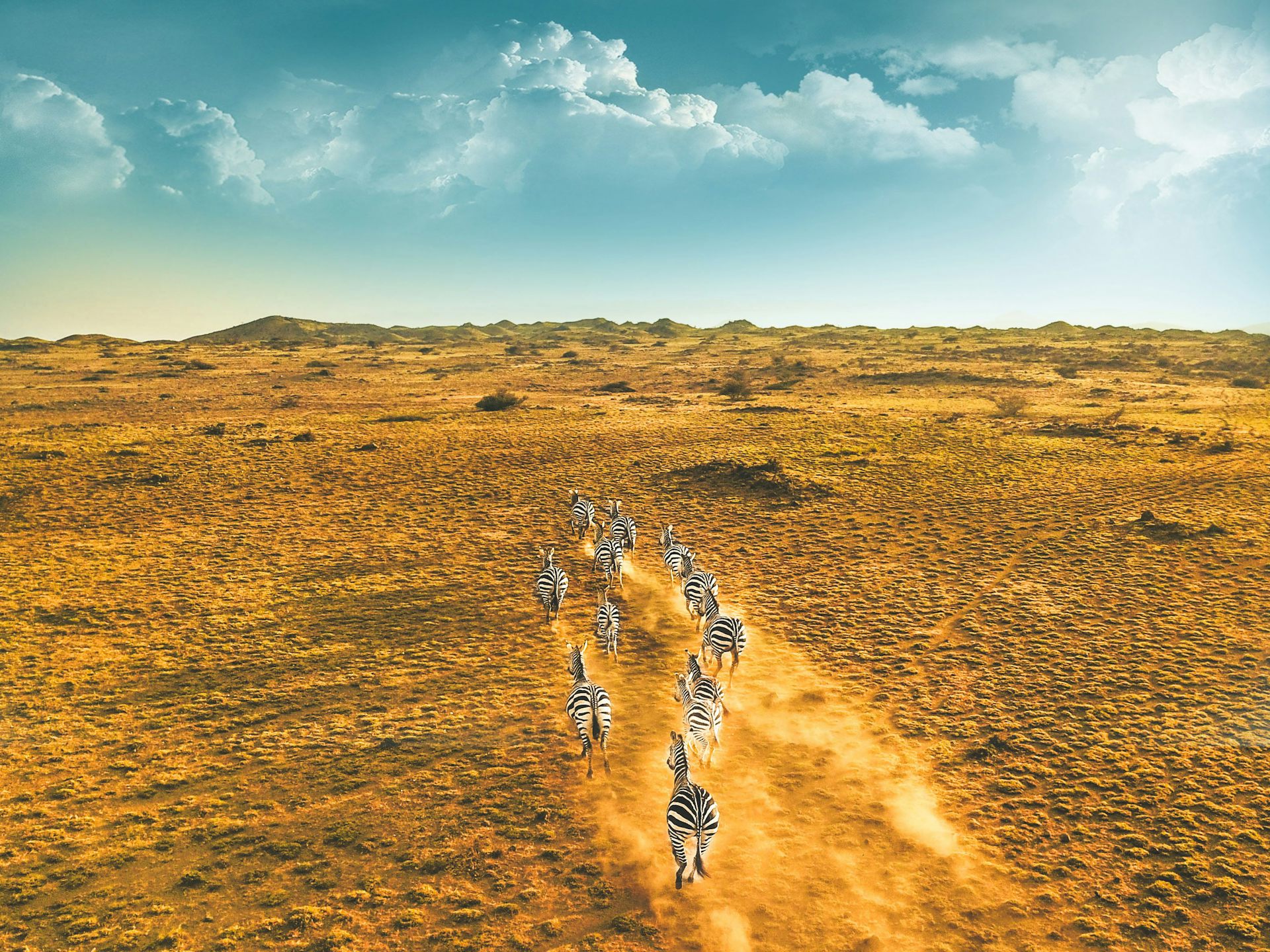Thousands of animals and plants are bought and sold each year globally as food, medicine, clothing and furniture – even in the form of musical instruments. Wildlife, it seems, is big business.
The illegal wildlife trade, which has an estimated value of at least US$7 billion (£5.9 billion) and potentially as much as US$23 billion, is driving some of the most well known species on Earth – especially rhinos, elephants, tigers, lions and, more recently, pangolins – towards extinction.
Since 2008, law enforcement has played a considerably bigger role in tackling the illegal wildlife trade, thanks to the support of governments, private donors, conservation charities and businesses. The result is that counter-insurgency techniques, such as developing informant networks and contracting private security firms to train rangers in anti-poaching operations with military-grade weapons, have proliferated.
Meanwhile, many conservationists are turning to drones and other technologies to monitor species and enforce protective measures. This in turn creates new business for tech companies keen to build a green reputation.
Countries must find a way to tackle the illegal wildlife trade. But, as a researcher of the international politics of conservation, I believe that techniques and technologies more regularly deployed by law enforcement and security firms are not the answer.

Rangers in Kruger Park, South Africa. (WildSnap/Shutterstock)
The funding problem
Between 2002 and 2018, the US Fish and Wildlife Service gave US$301 million to 4,142 conservation projects across 106 countries. Over the course of those 16 years, an increasing portion was allocated to tackling the illegal wildlife trade, as part of a shift from strict species protection and projects to improve livelihoods.
In 2014, the US Congress allocated US$45 million in its foreign assistance biodiversity budget to tackle wildlife trafficking, increasing to US$55 million in 2015, US$80 million in 2016 and almost US$91 million in 2017, 2018 and 2019. Similarly, the UK government’s illegal wildlife trade challenge fund allocated over £23 million to 75 projects between 2013 and 2019.
The fund had three themes: developing sustainable livelihoods that could replace poaching (six funded projects), strengthening law enforcement and the role of the criminal justice system (62 funded projects) and reducing demand for wildlife products (seven funded projects).
The role of philanthropists in conservation funding is growing. Examples include Howard Graham Buffet’s US$23 million donation in 2014 to help Kruger National park in South Africa tackle rhino poaching. Amazon founder Jeff Bezos established his US$10 billion Earth fund in 2021 to disburse grants to conservation initiatives, among other environmental causes.
This money can help conservationists respond quickly to emergency situations. Philanthropists tend to come from a business culture in which it’s normal to set goals and expect rapid, clear and trackable results in return for donations, which can be beneficial for planning effective action.
But some conservationists I interviewed while researching my book, Security and Conservation, said that it can result in unwelcome pressure on the people doing conservation work, such as rangers. They talked of expectations to increase the number of seizures of trafficked goods, obtain more arrests and generally pursue more aggressive anti-poaching efforts to secure quick results.
Technology and security
Conservation groups and tech companies have presented a range of technologies as cost-effective ways of cracking down on wildlife trafficking. These often involve forms of surveillance borrowed from the security sector, from drones and satellite monitoring of wildlife to artificial intelligence increasing the capacity of camera traps to identify potential poachers. Apps for the general public to report suspected illegal activity have even been developed.

Surveillance technology has increasingly used in conservation. Jost Jelovcan/Shutterstock
Google’s global impact awards had a fund of US$23 million to help “non-profit tech innovators” (as Google called them) develop technological solutions for a range of global challenges, including conservation. In 2012, it granted more than US$5 million to the wildlife crime technology project, which has pioneered aerial detection of poaching in Kenya and DNA sequencing to determine the origin of illegal wildlife products.
These techniques are not necessarily problematic. But the lure of technology can overshadow the vital work of addressing the underlying drivers of poaching and trafficking, such as poverty and inequality.
Though the trade is by definition illegal, addressing it as a purely criminal matter ignores the fact that people are drawn into poaching for a range of reasons. The colonial-era dispossession of people from places now designated as national parks has left an enduring legacy. A lack of economic alternatives in such places make poaching one of the few viable sources of income.
Global inequality is also a significant factor. Wildlife is often (but not exclusively) taken from poorer areas to serve demand in wealthier communities, with rosewood trafficked from Madagascar to China and illegal caviar sourced from the Caspian sea serving luxury markets in London and Paris, among others.
Financial support from governments and philanthropic foundations has been an important factor in conservation, especially in the last 20 years. But faith in finding technological solutions to a problem that’s treated as a security issue makes it harder to develop and support the alternatives that could be more effective, including sustainable livelihoods for would-be poachers and reducing demand in wealthier countries.
Written by Rosaleen Duffy, Professor of International Politics, University of Sheffield
This article is republished from The Conversation under a Creative Commons license. Read the original article.
![]()



